

- RFQ
- BOM
-
Contact Us
Tel: +86-0755-83501315
Email: sales@sic-components.com
- Chinese
- English
- French
- German
- Portuguese
- Spanish
- Russian
- Japanese
- Korean
- Arabic
- Irish
- Greek
- Turkish
- Italian
- Danish
- Romanian
- Indonesian
- Czech
- Afrikaans
- Swedish
- Polish
- Basque
- Catalan
- Esperanto
- Hindi
- Lao
- Albanian
- Amharic
- Armenian
- Azerbaijani
- Belarusian
- Bengali
- Bosnian
- Bulgarian
- Cebuano
- Chichewa
- Corsican
- Croatian
- Dutch
- Estonian
- Filipino
- Finnish
- Frisian
- Galician
- Georgian
- Gujarati
- Haitian
- Hausa
- Hawaiian
- Hebrew
- Hmong
- Hungarian
- Icelandic
- Igbo
- Javanese
- Kannada
- Kazakh
- Khmer
- Kurdish
- Kyrgyz
- Latin
- Latvian
- Lithuanian
- Luxembou..
- Macedonian
- Malagasy
- Malay
- Malayalam
- Maltese
- Maori
- Marathi
- Mongolian
- Burmese
- Nepali
- Norwegian
- Pashto
- Persian
- Punjabi
- Serbian
- Sesotho
- Sinhala
- Slovak
- Slovenian
- Somali
- Samoan
- Scots Gaelic
- Shona
- Sindhi
- Sundanese
- Swahili
- Tajik
- Tamil
- Telugu
- Thai
- Ukrainian
- Urdu
- Uzbek
- Vietnamese
- Welsh
- Xhosa
- Yiddish
- Yoruba
- Zulu
- Kinyarwanda
- Tatar
- Oriya
- Turkmen
- Uyghur
Selecting Dependable Capacitors for Automotive Applications
n the automotive electronics domain, the selection of capacitors with reliable performance is a complex task. It involves a comprehensive understanding of multiple factors, from capacitor technology characteristics to the specific requirements of automotive applications and their operating environments.
Capacitor Basics and Types
There are four main types of capacitor dielectrics: tantalum electrolytics, aluminum electrolytics, poly - films, and ceramics. Each type has distinct features in terms of capacitance, voltage ranges, dielectric constant (K), and dielectric strength.
Capacitance and Voltage Ranges: Capacitor types vary widely in their capacitance and voltage capabilities. For instance, for capacitance values between approximately 0.1 μF and 100 μF and voltages below 50 V, multiple capacitor types can be considered. Film capacitors typically cover a capacitance range of 1nF - 10μF and voltage from 50 - 2000 Volts. Ceramic disc capacitors have a capacitance range of 1pF - 0.1uF and voltage from 16 - 15000 Volts. SMD solid tantalum capacitors can reach capacitance values from 0.1μF - 3300 μF with voltages between 6.3 - 600 Volts, while aluminum electrolytics have a capacitance range of 1 μF - 1F and voltage from 16 - 4000 Volts. Monolithic multilayer ceramic capacitors span from 1pF - 100 μF.
Dielectric Characteristics: The dielectric constant and strength play a crucial role. Poly - film capacitors, with a low dielectric constant (K ranging from 2 - 8) and low dielectric breakdown strength (3,900 - 7,200 Volts/Mil), have low volumetric efficiency. However, they offer high efficiency and stable electrical characteristics despite their relatively large size. Tantalum pentoxide has a K of 28 and a dielectric strength of 20,000 Volts/Mil, aluminum oxide has a K of 8.4 and a strength of 10,000 Volts/Mil, and ceramics can have a K of up to 50,000 but a relatively lower dielectric strength of 1,000 Volts/Mil.
Equivalent Circuit Parameters: In the capacitor's equivalent circuit, the equivalent series resistance (ESR) represents losses. ESR varies with temperature, frequency, and dielectric type. The insulation resistance (IR) determines the DC leakage current. Film and ceramic capacitors generally have much lower leakage currents compared to tantalum and aluminum electrolytics. DC leakage also changes with temperature and the applied voltage.
Automotive Applications and Environments
Automotive electronic components are used in various applications, which can be grouped into six main categories:
Powertrain Control: This includes the control of electronic engines, transmissions, and emissions. With the growth of electric vehicles, there are more requirements for power conversion and control electronics.
Vehicle Control: Applications such as antilock brakes, active suspension, traction control, and power and 4WD steering fall under this category.
Safety, Comfort, and Convenience: Air bag actuators, collision avoidance systems, climate control, cruise control, and anti - theft systems are part of this area.
In - car Entertainment: Systems providing entertainment to passengers, like audio and video systems.
Driver Information Displays and Audio Warning Systems: These are crucial for providing information to the driver and alerting them in case of issues.
Diagnostics and Repair: Tools and systems used for diagnosing and repairing vehicle problems.
Automotive environments can be harsh, especially under - the - hood conditions. Temperatures can vary greatly, and components may be exposed to vibrations, humidity, and electrical interference. The passenger compartment, while more controlled, still has its own set of environmental factors that can affect capacitor performance.
Characteristics of Different Capacitor Technologies
Tantalum Electrolytics: Tantalum electrolytics have a rated voltage from 2.5 VDC to 63 VDC for SMD and 125 V for axial leaded. To ensure reliability, it is recommended to derate the application voltage to 50% of the rated voltage for solid tantalum, and 80% for tantalum polymer and wet slug axial tantalum. They have very stable electrical characteristics over time and temperature, with capacitance values reaching up to 2,200 μF for SMD and 10,000 μF for axial wet tantalum. They also undergo surge tests, and larger SMD case sizes offer low ESR and high capacitance. Their typical failure rates range from 5 FIT to 15 FIT with normal voltage derating.
Aluminum Electrolytics: Aluminum electrolytics have a rated voltage from 6.3 VDC to 450 VDC for SMD devices, and higher voltages for large can styles. They are available with temperature ratings of 85°C, 105°C, or 120°C, and SMD capacitance can reach up to 10 mF. They do not require surge current screening. However, they have a natural wear - out mechanism, which can limit their useful life to 5,000 hours under full - rated voltage and maximum temperature conditions. Derating to 80% of the rated voltage can double their lifespan.
Ceramic Electrostatics: Ceramic electrostatics have a rated voltage from 6.3 VDC to 5,000 VDC, with most usage at 100 V or less. Although no voltage derating is necessary, the voltage coefficient of capacitance must be considered as MLCCs may lose up to 40% of their effective capacitance value when operated at or near rated voltage. They can operate at temperatures exceeding 150°C, are non - polar, have very low ESR and DC leakage, and have typical failure rates under 1 FIT, usually failing due to short circuits or parametric shifts.
Poly - film Electrostatics: Poly - film electrostatics have a rated voltage from 16 VDC to 2,000 VDC, with no need for voltage derating. Most types can operate at temperatures up to 105°C (125°C for PPS), have ultra - low ESR and DC leakage, and typical failure rates under 5 FIT, usually failing open or experiencing parametric shifts. However, their surface - mount offerings are limited.
General Selection Guidelines
When choosing a capacitor for automotive applications, several factors need to be considered:
For Power Filtering: High capacitance, low ESR, and high - temperature capability are essential. Tantalum, aluminum, and some ceramics and poly - films are suitable choices.
Bulk Energy Storage: Capacitors with high capacitance and low ESR for quick discharge and pulse applications are required. Tantalum, aluminum, and some poly - films meet these requirements.
Tuning and Timing: Stable capacitance values across temperature and frequency, as well as repeatability under thermal cycles, are necessary. Ceramics (NP0 type) and poly - films are good options.
Decoupling and Bypass: Capacitors with very low ESR and good Z characteristics are preferred. Ceramics and poly - films are often used for these applications.
In addition to performance characteristics, cost, size, packaging type, and end - of - life reliability issues are also important considerations. Given the wide variety of capacitors available, it is crucial to refer to each manufacturer's specifications to make the right choice for a specific automotive application.
Introducing our high-quality Capacitor Automotive, designed to enhance the performance and reliability of your vehicle's electrical system. This capacitor is specifically engineered to provide a stable power supply to your car's audio system, ensuring that your music is free from any interruptions or distortions due to voltage drops. With a compact and durable design, this capacitor is built to withstand the demands of the automotive environment, offering long-lasting performance and peace of mind for drivers and car audio enthusiasts. Our Capacitor Automotive is easy to install and compatible with a wide range of vehicles, making it a versatile choice for any car audio upgrade or electrical system enhancement. Whether you're looking to improve the sound quality of your car's stereo system or ensure a consistent power supply for your other electronic components, our Capacitor Automotive is the reliable solution you've been searching for. Upgrade your car's electrical system with our Capacitor Automotive and experience a new level of performance and stability on the road.
https://www.sic-components.com/capacitors

Hot Products
View MoreRelated Blogs

2000+
Daily average RFQ Volume

30,000,000
Standard Product Unit

2800+
Worldwide Manufacturers

15,000 m2
In-stock Warehouse




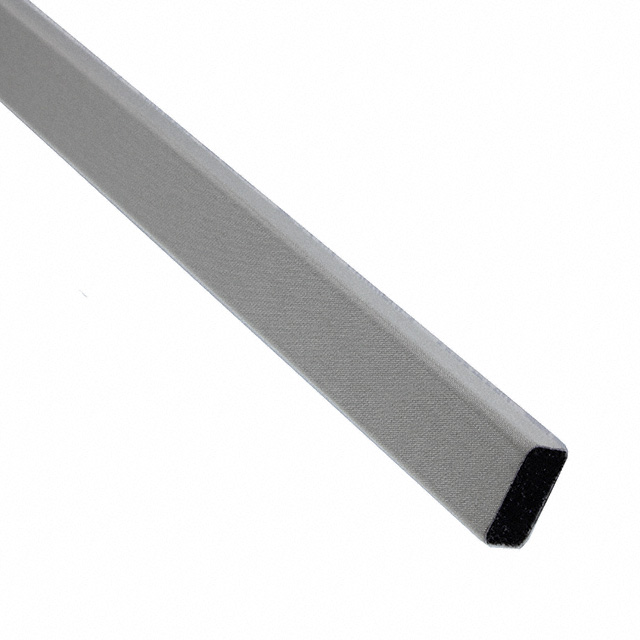
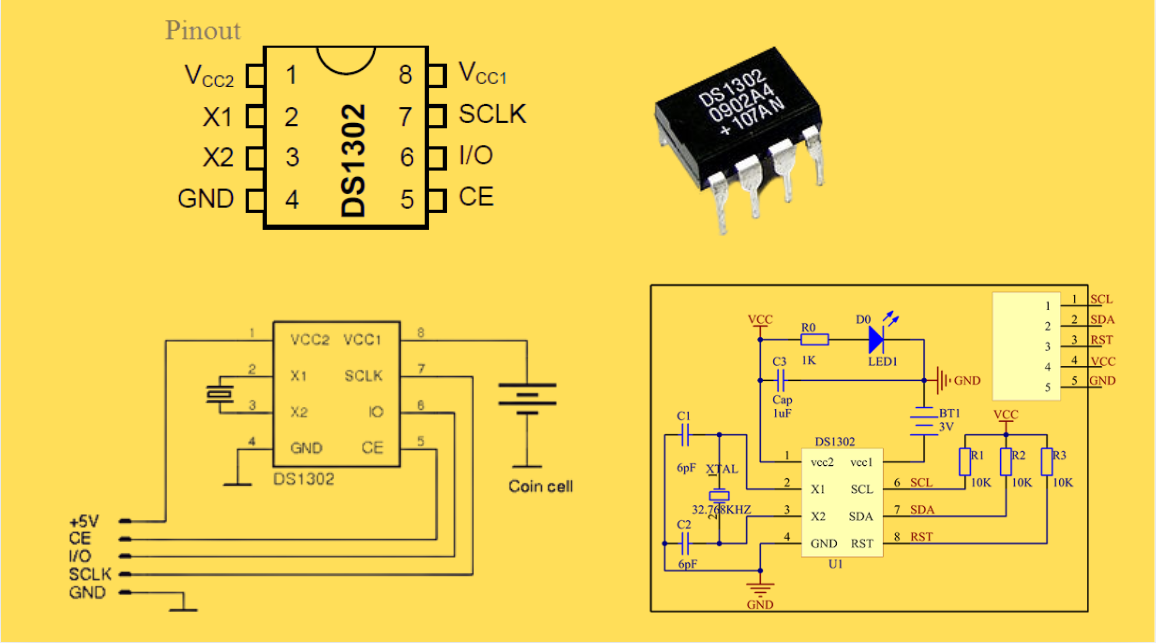
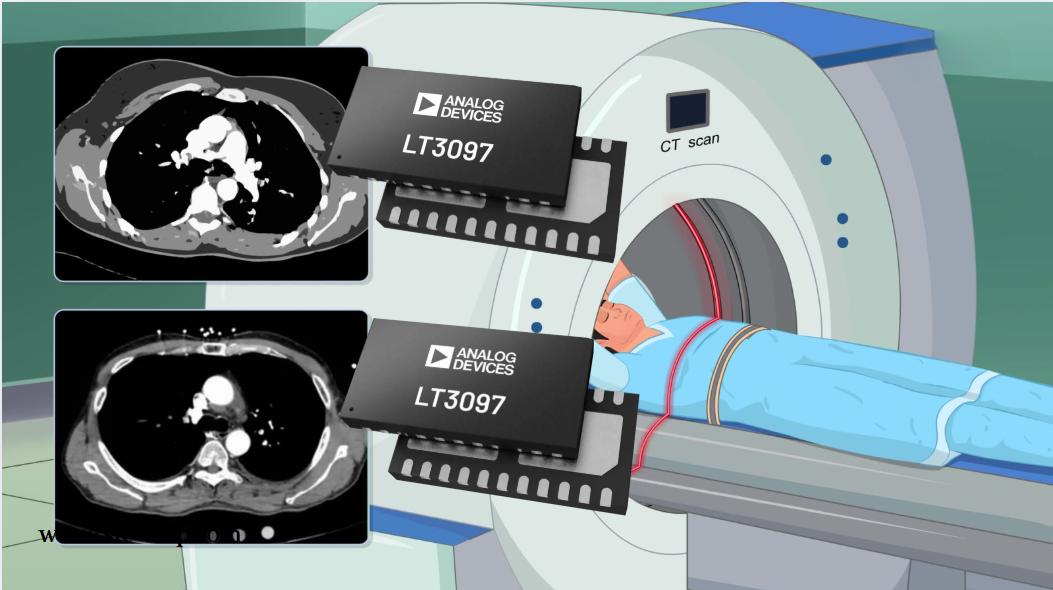
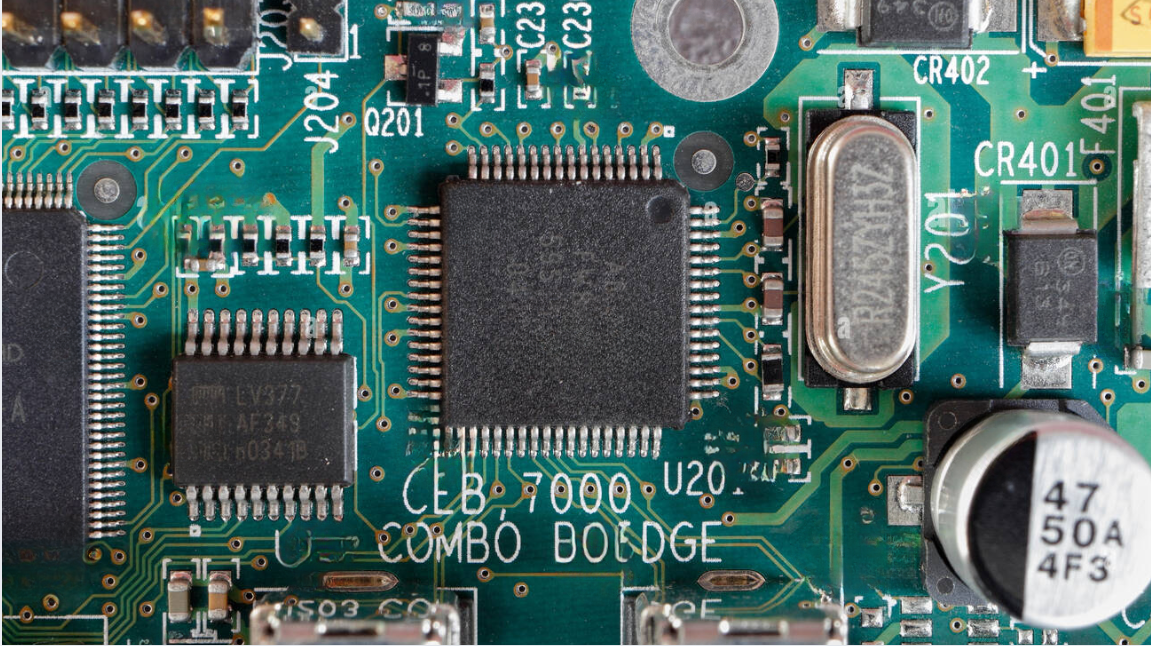
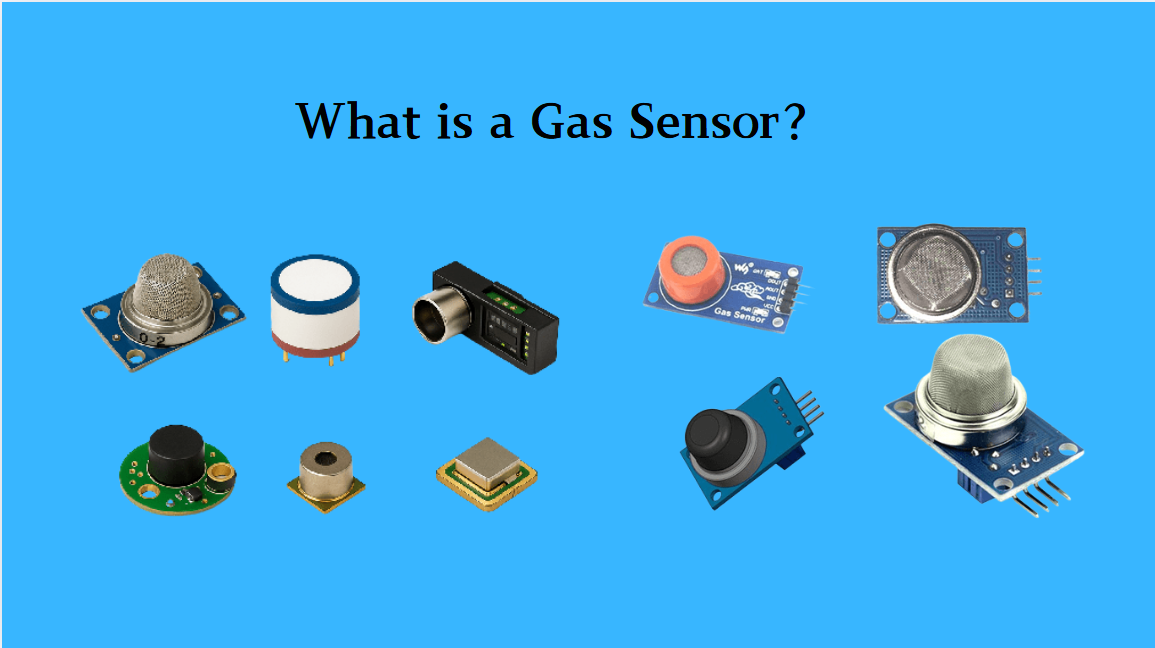
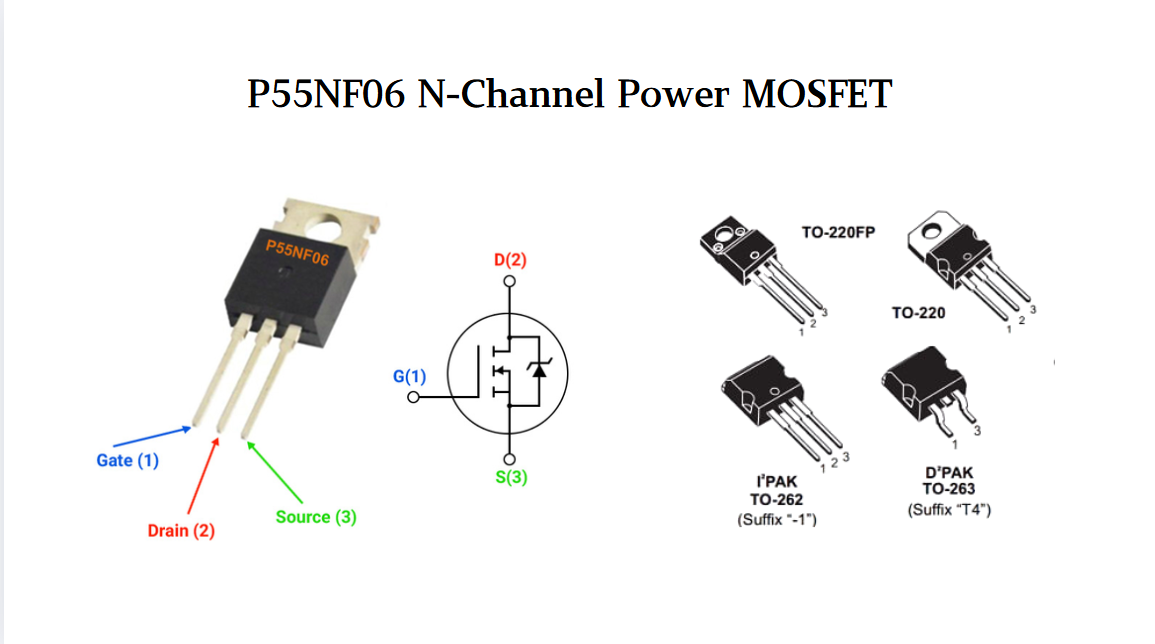
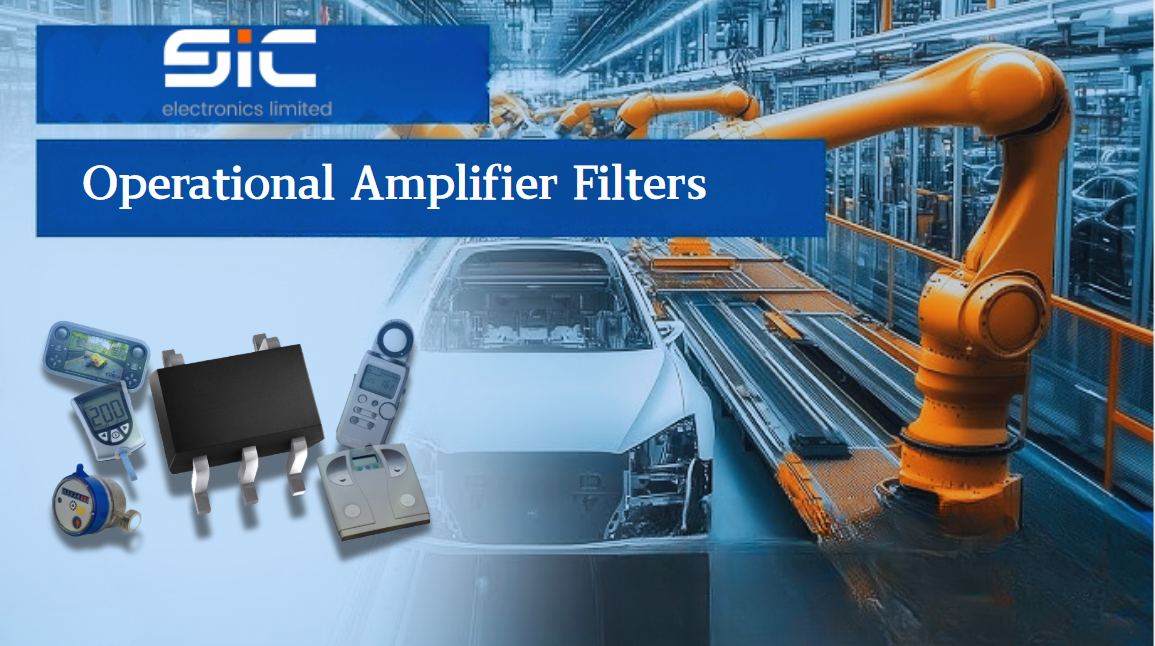

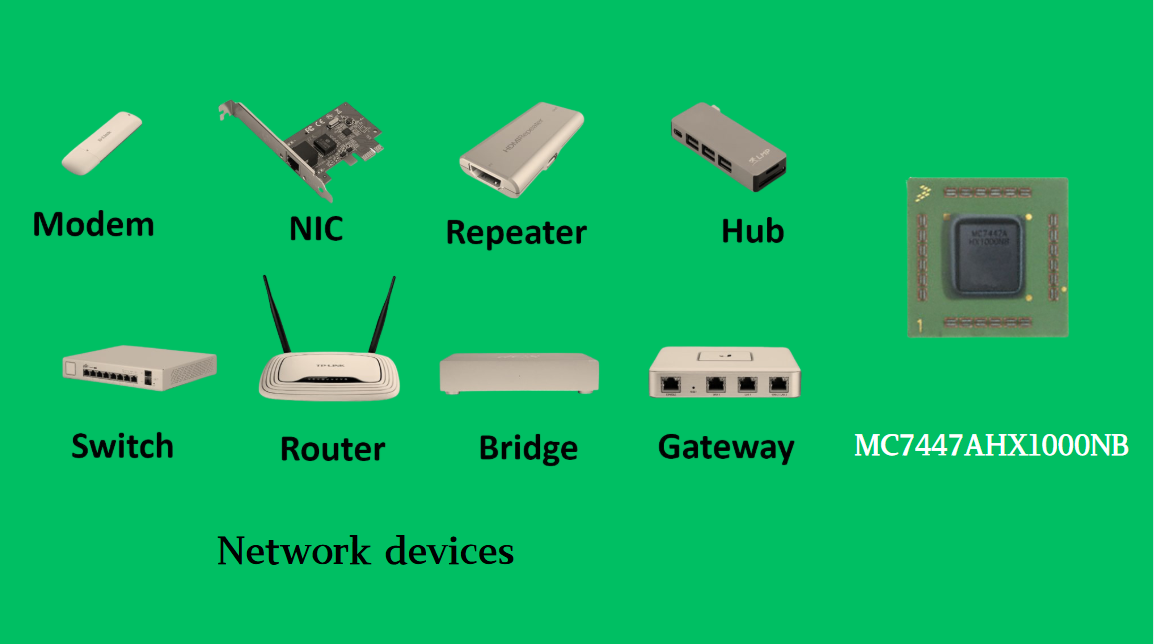
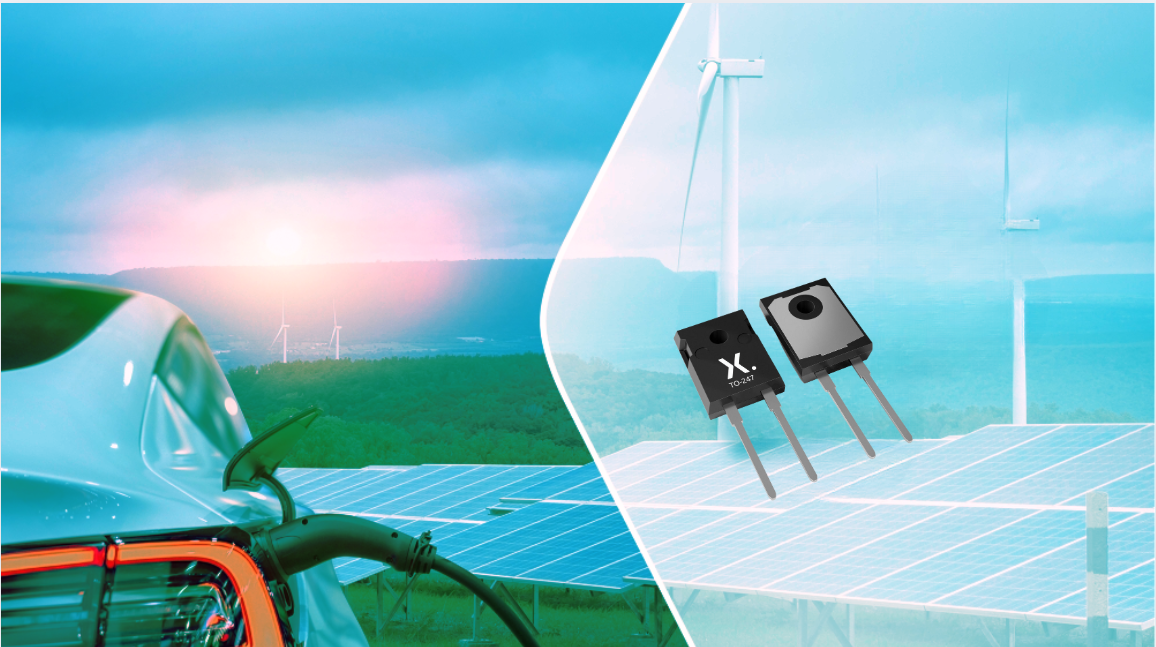
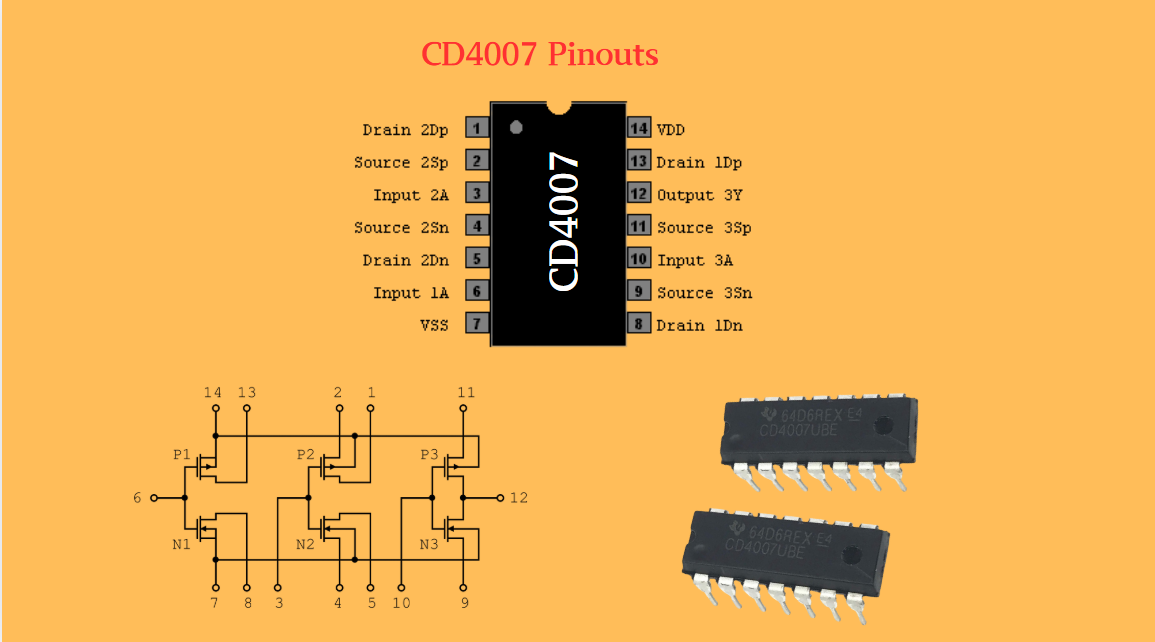
 Wishlist (0 Items)
Wishlist (0 Items)